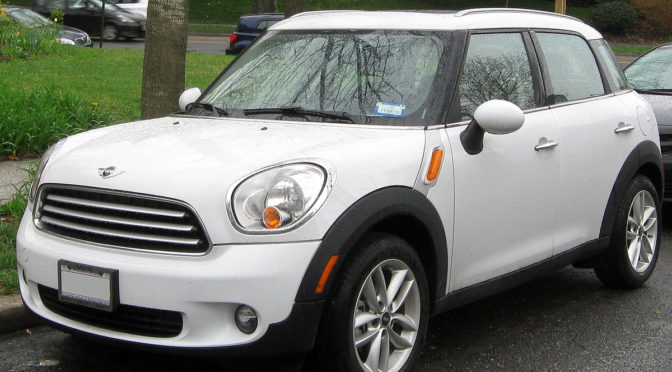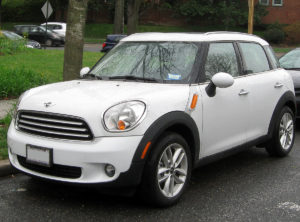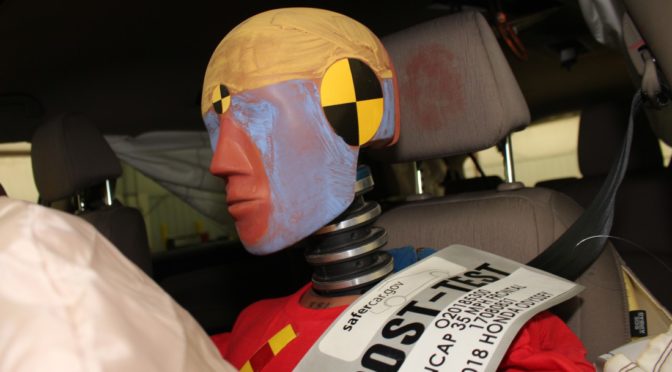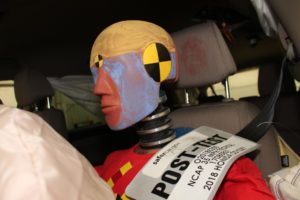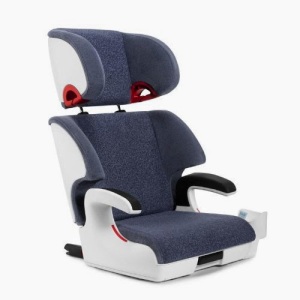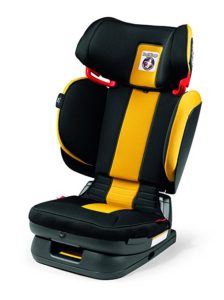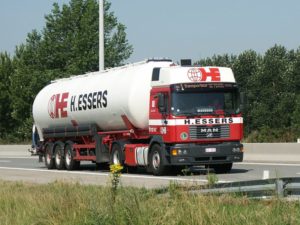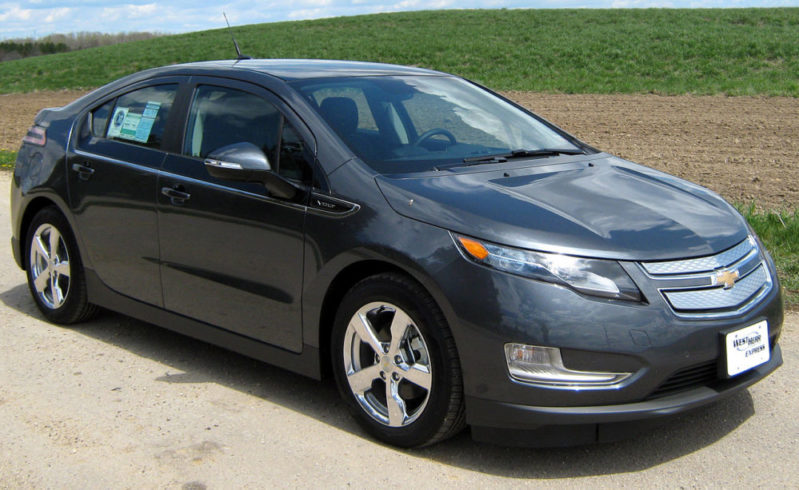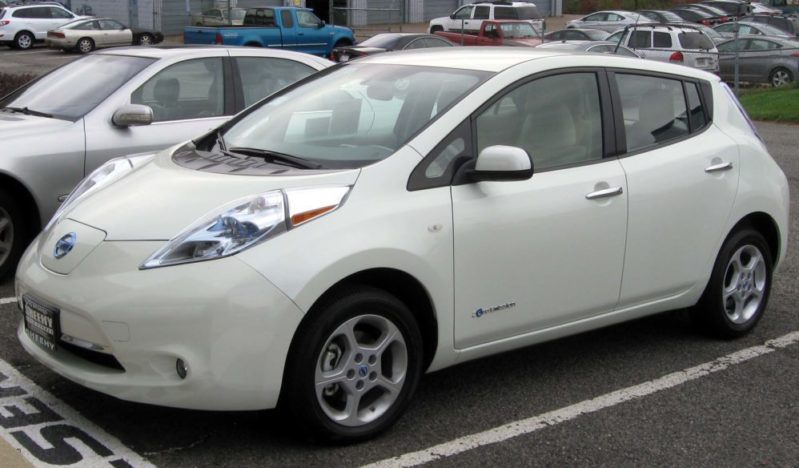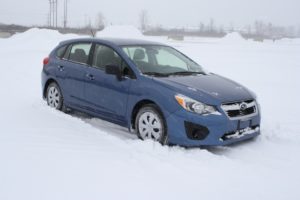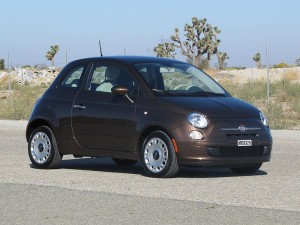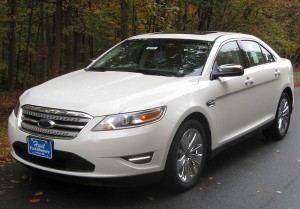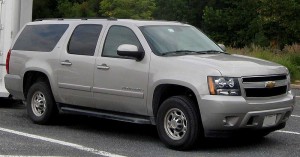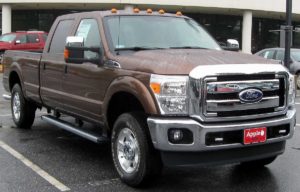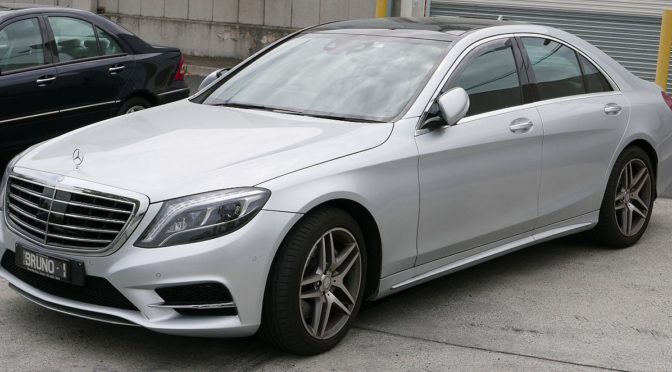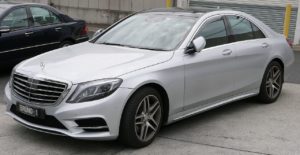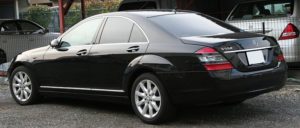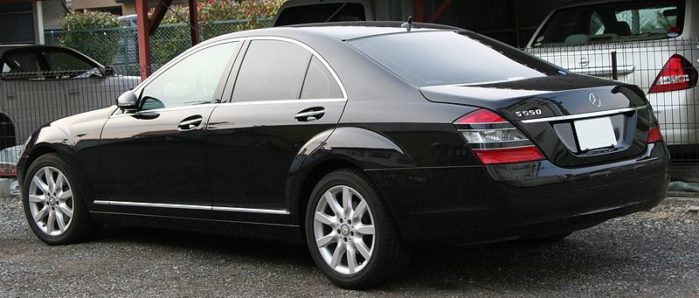If you’ve always wanted a Mini Cooper, but also wanted to start or keep a family, you probably ended up settling for something besides a Cooper (perhaps a sedan, a minivan, or an SUV) while always wishing you could make the Cooper work. Fortunately, a few years ago, Mini, under BMW’s blessing, came up with the Mini Countryman, a crossover that, practically speaking, made owning a Mini and having a family a practical affair. And as a bonus, it also has an impressive safety record, and is one of the safest small cars you can buy for yourself or your loved ones.
Since then, a number of similar family-minded toy cars have hit the market, including the Fiat 500L as an American-sized version of the Fiat 500. There are also loads of more conventional choices, including the Toyota Corolla, Honda Civic, Hyundai Elantra, Ford Focus, Nissan Sentra, Kia Forte, Chevrolet Cruze, Mazda 3, Toyota Prius, Prius C, Volkswagen Golf, Subaru Impreza, and Crosstrek. But today we’ll ignore all of them and look at the Mini Cooper Countryman with the goal, as always, of figuring out which infant, convertible, combination, and booster seats can be stuffed into it successfully, and if any of them can work in 3 across configurations.
Before going into which seats work, though, I always like giving a brief overview of which kinds of seats are best to use and when. The essence of car safety is to use particular seats for as long as possible, as each switch into the next type of seat results in a decrease in safety. Start with rear-facing; that’s the core of car seat safety. Ideally do it until your kids are 4-5, or even longer if you can. Once you’ve reached at least 4, you can switch to a harnessed seat and keep using it until your kids are at least 6-7. However, if you’ve got particularly mature kids, you can start using high-back boosters from 4-5 onward, and continue using them until your kids pass the 5-step test, which typically occurs between 10 and 12. Following these steps will help keep your kids in the right seats and increase their safety wherever you go, no matter what you’re driving.
With this in mind, here’s what I’ve found for the seats that work best in 3 across combinations in the Countryman. Feel free to shop through my Amazon link below for any purchases. You can access the complete 3 across guide for every vehicle here and the complete list of recommended seats here. The Canadian car seat guide is here. 3 across car seat images are courtesy of Wikipedia.
2017-2018 Mini Cooper Countryman (F60)
 Guaranteed 3 across installations:
Guaranteed 3 across installations:
Clek Fllo (x3).
Clek Foonf (x3).
Clek Oobr (x3).
Peg Perego Flex 120 (x3).
Maxi-Cosi RodiFix (x3).
Chicco KeyFit 30 (x3).
Diono Radian RXT (x3).
Diono Radian R120 (x3).
Diono Radian R100 (x3).
Combi Coccoro (x3).
Clek Fllo, Diono Radian / RXT, Diono Radian / RXT.
Chicco KeyFit 30, Clek Fllo, Chicco KeyFit 30.
Tips and Tricks:
The second generation Countryman is just under 170 inches long and a slightly more generous 71.7 inches wide, which means that you’re going to have a slightly easier (but not that much easier) time making 3 across setups work in this generation than you would in the prior. However, as before, it’s definitely possible, keeping in mind that you’re absolutely going to need to use your seat belts and not even think about LATCH. Fortunately, as I’ve noted in a number of 3 across guides, seat belts are just as safe as LATCH while taking up far less space.
2010, 2011, 2012, 2013, 2014, 2015, 2016 Mini Cooper Countryman (R60)
Guaranteed 3 across installations:
Clek Fllo (x3).
Clek Foonf (x3).
Chicco KeyFit 30 (x3).
Diono Radian RXT (x3).
Diono Radian R120 (x3).
Diono Radian R100 (x3).
Combi Coccoro (x3).
Clek Fllo, Diono Radian / RXT, Diono Radian / RXT.
Chicco KeyFit 30, Clek Fllo, Chicco KeyFit 30.
Tips and Tricks:
The 1st generation Countryman is 161 inches long and a scant 70.4 inches wide, which means that you’re going to struggle to get anything but the narrowest seats in the back if you want 3 across setups. However, it’s definitely possible, keeping in mind that you’re absolutely going to need to use your seat belts and not even think about LATCH. Fortunately, as I’ve noted in a number of 3 across guides, seat belts are just as safe as LATCH while taking up far less space.
 If you find my information on best practices in car and car seat safety helpful, you can buy my books here or do your shopping through this Amazon link. Canadians can shop here for Canadian purchases. Have a question or want to discuss best practices? Send me an email at carcrashdetective [at] gmail [dot] com.
If you find my information on best practices in car and car seat safety helpful, you can buy my books here or do your shopping through this Amazon link. Canadians can shop here for Canadian purchases. Have a question or want to discuss best practices? Send me an email at carcrashdetective [at] gmail [dot] com.

